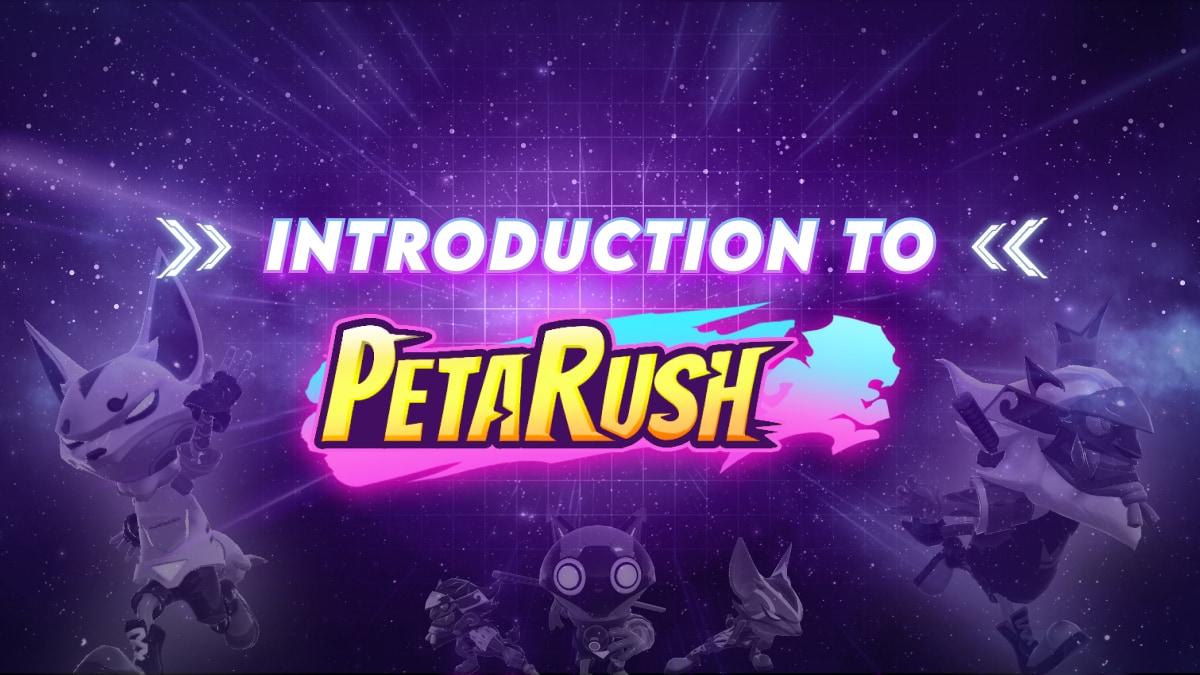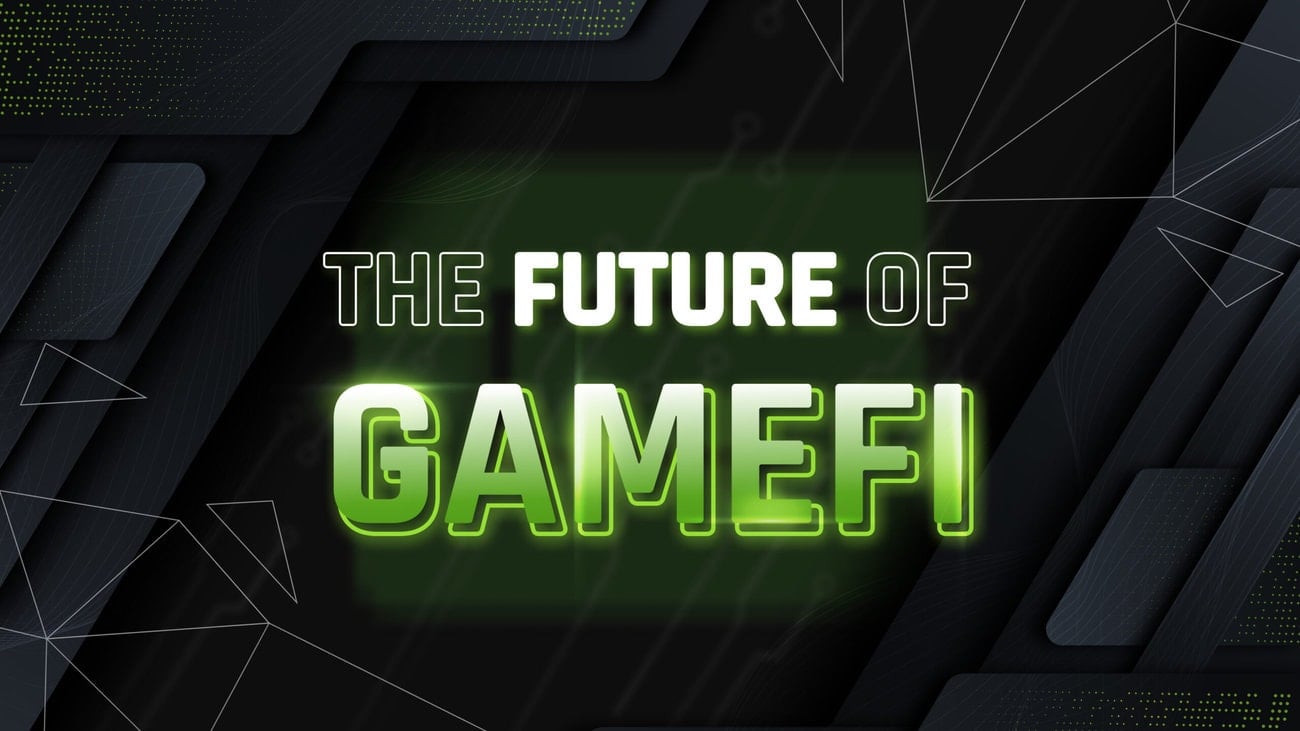Gaming has come a long way and slowly evolved from basic traditional gaming to vast options in the burgeoning GameFi space. The average gamer will find a million and one different types of games with diverse storylines, themes, styles, and proposed selling points. However, anyone looking for that extra touch of unique gaming in the blockchain space should check out PetaRush.
What is PetaRush?
PetaRush is a fast-paced racing blockchain game that offers an easy and addictive arcade-style gaming experience. The play-to-earn game focuses on helping gamers earn without losing sight of the critical features and mechanics of gameplay.
PetaRush players can play for fun or compete using attractive 3D animal characters. Each player may choose an available character and simply click a button during the race to activate any of the many functional skills to help them win the race. But activated skills along will not lead you to victory. Players must also navigate the challenging weather conditions, race landscape, and the time of day. All of these factors can considerably affect speed and stamina.
How to Play PetaRush
Fast-paced and exciting, PetaRush is very easy to understand and play. The game has two modes, including a free-to-play mode and the PetaToken Qualifier mode. The free mode lets anyone play in the “Marscoin” Qualifier Arena for fun, against friends, or to earn in-game currency. Players also looking to compete in the advanced PetaToken Qualifier mode (further expanded on later) may practice to get acclimated to the game and hone their skills. Participants can use the in-game currency earned in the free mode to buy props and tools in the PetaRush store.
Players can also try the second mode – the PetaToken Qualifier. However, the game restricts this mode to players with Peta NFTs. The mode takes place in the PetaToken Qualifier Arena and rewards the first four racers with PetaTokens ($PT). Winners can then exchange their PT for the METASENS governance token ($MSU) and trade them on supported exchanges. Players in the bottom four are also not left out. PetaRush awards these racers with Diamonds, another in-game currency players can use to purchase props. Players can also use Diamonds to level up their Peta NFTs, buy PT, and purchase a race pass for automatic access to the PetaToken Qualifier Arena.
PetaRush Demo
Gamers who can’t wait for this thrilling game can participate in a live PetaRush demo starting on the 8th of September, 2022. The demo will last for one week, until the 15th of September, and is open to everyone. Moreover, players do not need any native tokens or NFTs to join the demo and earn in-game rewards. Features of the upcoming demo include:
- The Marscoin Qualifier Arena
- Peta NFT Whitelist Spot, Blindbox, and Race Pass rewards
- A public leaderboard for rankings and rewards
- Free play without worrying about ranking and rewards
- Free in-game gear
The demo is available to iOS and Android users. PetaRush has 10,000 spots for iOS players and an unlimited number for Android users who download the APK.
How to Join the Demo
Participating in the PetRush demo requires three easy steps:
- Register on METASENS
- Wait for an email with a Testflight or APK download link
- Log in with your METASENS account to play
Closed Beta 2
PetaRush will also launch a second beta testing round in the fourth quarter of 2022. People who join the closed beta can participate in the Marscoin Qualifier and also be one of the first to see the PetaRush on-chain derivation system. Also, all rewards earned from the demo will be available for use in the second closed beta. If PetaRush’s game style attracts you, watch out for more announcements on CB2, future partnerships, and game expansions.
Learn more about PetaRush on their socials:
Website | Twitter | Telegram | Discord

